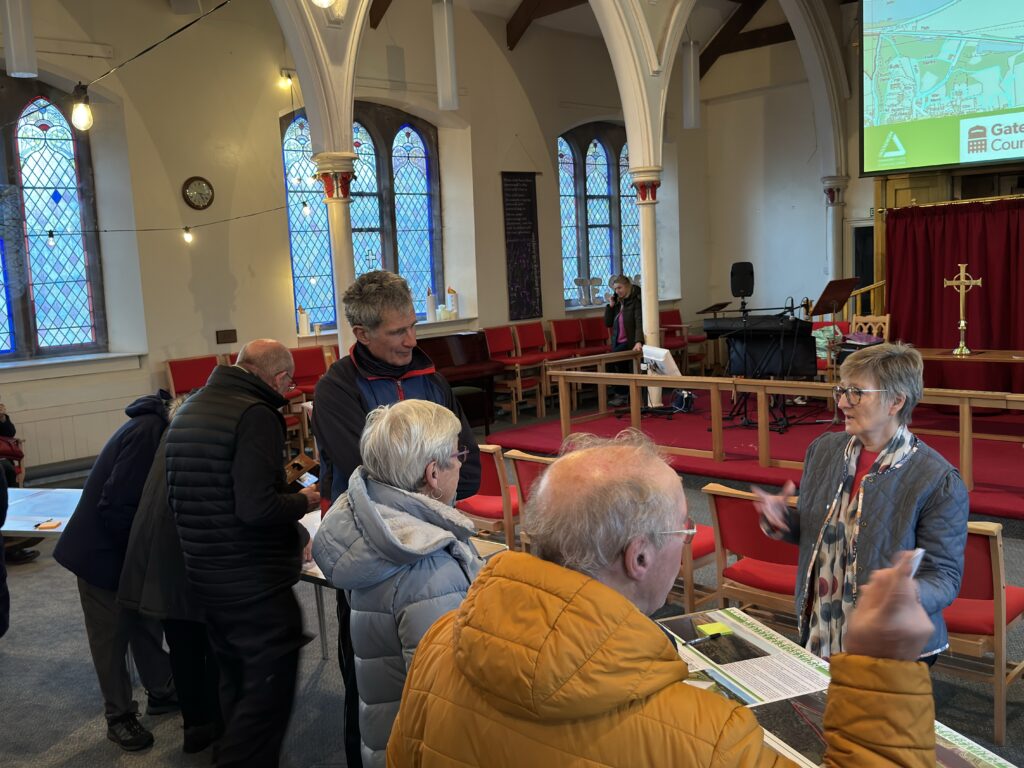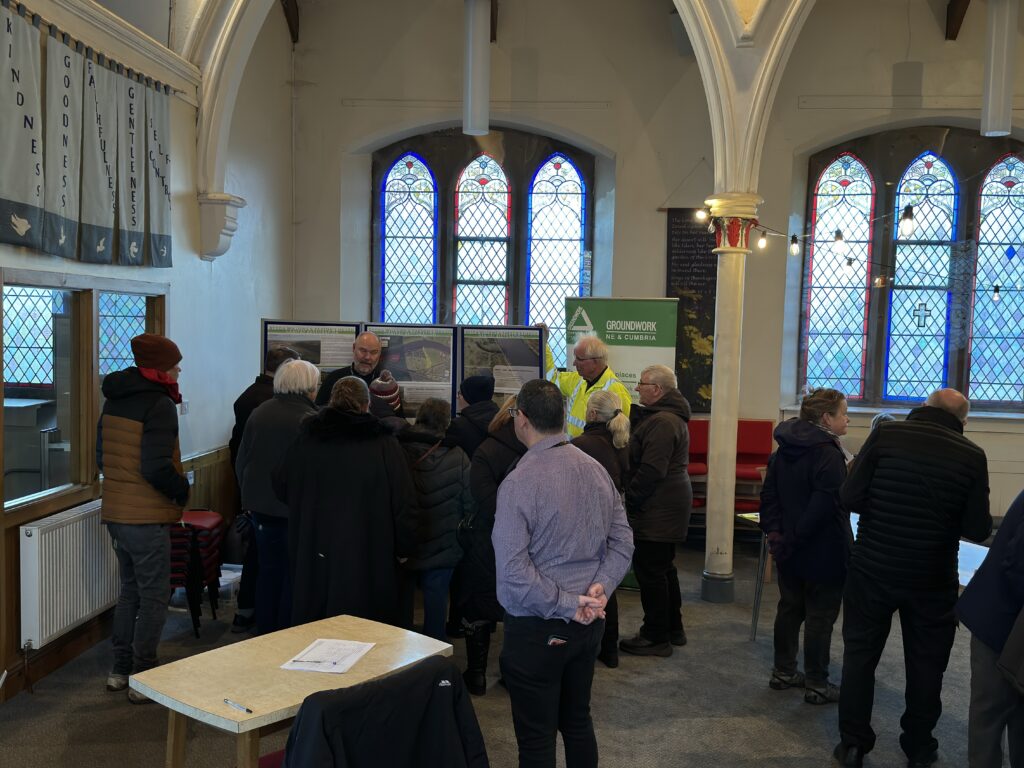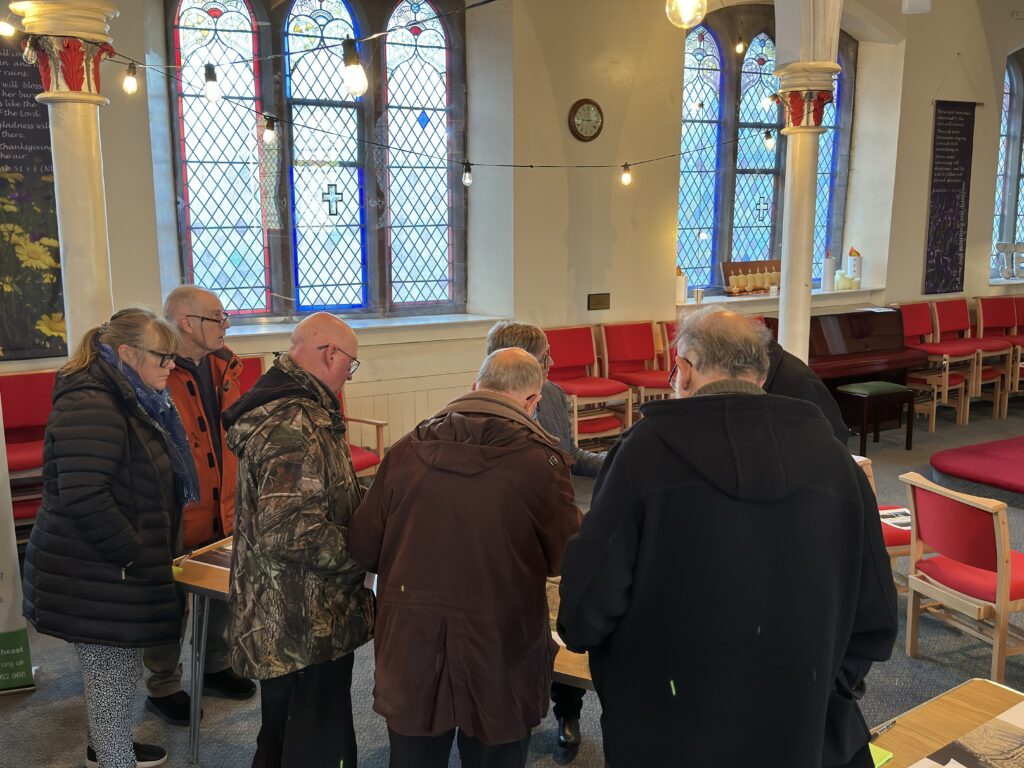Ryton Willows and Parson’s Haugh – Feasibility Study
A Place for People and Wildlife
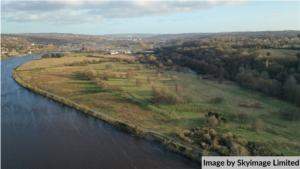
Following work undertaken by the Tyne Estuary Partnership – Groundwork, Gateshead Council has commissioned Groundwork NE and Cumbria to undertake a feasibility study to identify opportunities for undertaking environmental improvements and community engagement on land at Ryton Willows and Parson’s Haugh.
Ryton Willows and the adjoining Parson’s Haugh sits on the south bank of the River Tyne, north of Ryton Village.
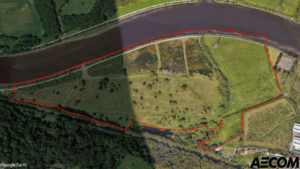
The river here is tidal with the estuary extending as far upstream as Wylam. Prior to the industrial revolution and it being dredged, canalised and its banks ‘hardened’ through the introduction of quay walls, sheet piling and rock amour, much of the estuary supported extensive areas of inter-tidal saltmarsh and mudflats. Today such habitats occur only as small fragments, limiting the opportunities for wildlife to flourish.
Away from the river edge, Ryton Willows and Parsons Haugh supports areas of wildflower grassland, scrub and wetland and is designated as a Local Wildlife Site. Over time however, some of these habitats have become degraded and lost much of their former interest and value.
Ryton Willows is a much used and valued area of public greenspace with a long and interesting history. The Keelman’s Way multi-user route follows the south bank of the river and the site forms part of the registered Newburn Ford Battlefield. The feasibility study will identify opportunities to improve the site’s amenity value and better enable residents and visitors to take part in its care, management and appreciation.
Site Investigation and Optioneering Process
Following the completion of various studies, ground investigations and survey work, the information gathered has been used to develop a number of potential design options that would deliver a range of ecological and environmental improvements, along with improving the landscape setting and recreational amenity of the site. In addition to identifying opportunities to restore and enhance biodiversity, the feasibility study will look at ways in which the site could help reduce the impacts of climate change, flood risk and improve water quality.
The initial optioneering work is now complete and some basic visualisations and indicative costings have been produced. We are now inviting all stakeholders to share their views on the shortlisted potential options and other possible improvements. A non-technical summary of the Feasibility Study and Options Report can be viewed via the link: Ryton Willows and Parson’s Haugh Feasibility Study and Options Report – Non-technical Summary.
Shortlisted Potential Options
Option 1 – River Tyne – Softening of River Edge
Softening and increasing the extent of river edge, allowing for the establishment of a wider margin of inter-tidal habitats. Encompasses a total area of c.1.35 ha, located between the eastern freshwater sewer outfall and western Combined Sewer Outfall (CSO).
The shoreline would be re-profiled to a terraced configuration allowing for variable inundation, improved habitat and species diversity, and a more naturalistic and visually appealing landscape. The re-profiling also has the potential to generate additional flood storage within the catchment.
Modifying the shoreline poses the potential risk of increased erosion, necessitating effective design and mitigation measures. The envisioned re-profiling of the shoreline would entail the realignment and upgrading of the of Keelman’s Way to maintain a continuous recreational riverside route.

Option 3 – Letch – Reconnection of Historic Feature
Excavation of a small bay and reconnection of the easternmost historic letch feature with the river/estuary to create a small watercourse/channel where flood or tidal inundation could be restored.
The proposed option is designed to promote positive changes in sediment dynamics, water flow and quality, habitat and species diversity and connectivity. Avoids the CSO discharge to the west and allows for retention of existing scrub habitat.
The option would require some realignment of the Keelman’s Way or the construction of a pedestrian/cycle bridge to maintain the continuous recreational riverside route.

Option 7 – Culverted Watercourse – Open Up
Removal of piped culvert along boundary between Ryton Willows and Parson’s Haugh to create an open watercourse of up to 300m in length. This option will create new water dependent habitat, restore biodiversity and ecological connectivity, improve water quality and enhance landscape and visual amenity.
Option poses technical and cost challenges as the outfall and buried pipe depths exceed 2.5 m below the current surface level.
Would require some realignment of Keelman’s Way or the construction of a pedestrian/cycle bridge to maintain the continuous recreational riverside route.
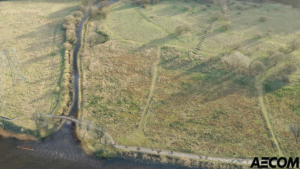
The three shortlisted potential options are based on:
- Available information including ground and hydrological investigations and ecological site surveys
- SWOT Analysis of ten longlisted options (qualitative appraisal of each option’s Strengths, Weaknesses, Opportunities and Threats)
- Initial feedback received during public meeting in June 2023
- Initial concepts produced by AECOM
- Feedback received during meeting with strategic stakeholders including the Environment Agency, Port of Tyne and Northumbrian Water
- Multi-Criteria Analysis (semi-quantitative scoring of the relative merits and dis-merits of each option for a range of ecological, amenity and engineering considerations).
- The aim of this phase of the study was to identify three preferred potential options that appear feasible and make these available for comment.
Ryton Willows and Parson’s Haugh Feasibility Study Consultation Event Summary
On the 21st of November, a consultation event was held by Groundwork NE & Cumbria (GNEC) and Gateshead Council at the Ryton Methodist Church in order to gain feedback from the local community regarding the potential undertaking of ecological enhancements at Ryton Willows and Parsons Haugh. This was in addition to online engagement via GNEC website.
The event ran for approximately 6 hours, from 1pm till 7pm, during which a total of 91 individuals attended, including local councillors, namely Cllr Buckley and Cllr A Geddes and Cllr F Geddes representing the Ryton, Crookhill & Stella ward.
Attendees were able to review a range of materials prepared for the event and discuss the proposals with the project team. Participants were invited to fill out a questionnaire on the short-listed proposed ecological enhancement options, wider environmental improvements, and any further comments which they might have in regards to the project.
Those who could not attend the event were able to access the information and questionnaire online. Details of the short-listed proposed options and questionnaire were also shared with the mailing list managed by Groundwork NE & Cumbria prior to the event.
Questionnaire Responses:
A total of 67 people completed the questionnaire, the majority of which did so in-person at the event.
Of the three short-listed proposed options (Option 1: River edge softening; Option 3: Reconnect the historic letch; Option 7: De-culvert the watercourse), Option 3 was found to be the most popular, with 31 respondents selecting it as their 1st or 2nd choice, whilst Option 1 was the second most popular with 28 respondents selecting it as their 1st or 2nd choice.
Of the various combinations of the three short-listed options, the combination of options 1 and 7 was the most popular.
Only 9 individuals selected ‘None of the above’ as either their 1st or 2nd choice indicating strong support for the proposed enhancements.
Answers to question 2, which focused on other potential improvements to the Willows, indicates the majority of people would like to see more wildlife in the area, a reduction in anti-social behaviour and vandalism, and the installation of more litter bins.
Next Steps
A drop-in public event was held on Thursday 21st November at Ryton Methodist Church to make available the summary findings of the study and seek feedback on the shortlisted potential options. The associated public questionnaire is now closed for comments.
Subject to the outcome of the feasibility study and further engagement with residents and stakeholders, a business case for the project will be prepared and funding sought to enable delivery of the identified improvements.
Further updates on the project, including details of consultation events and how to get involved, will be published here and via the Council’s and Groundwork NE & Cumbria’s social media channels and in future editions of the Brighten Ryton Newsletter.
To be added to the Ryton Willows and Parson’s Haugh Feasibility Study mailing list, please email: hellen.hornby@groundwork.org.uk



